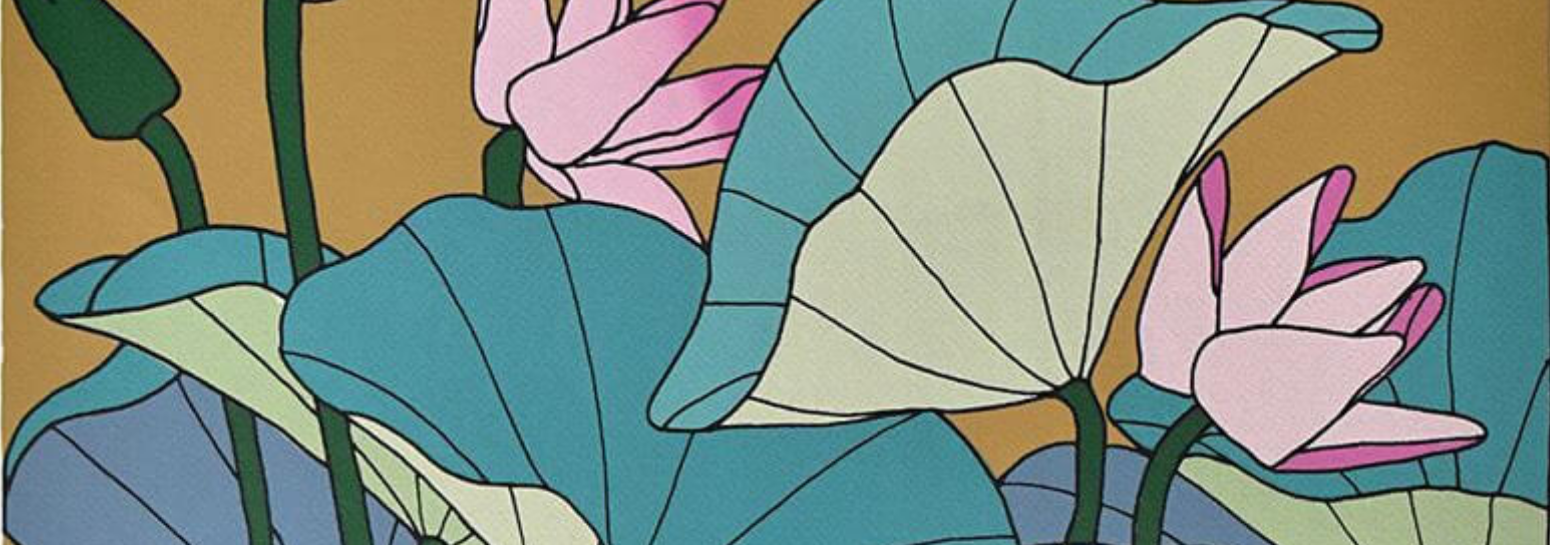Initially, Ramachandran's work was political, depicting the angst of urban life on a larger scale. His sculpture of King Asoka, which referenced the Vietnam War, was met with protests, and he later created a more benign version of the sculpture. In 1984, personal tragedies and incidents led Ramachandran to focus on celebrating beauty rather than making people aware of sadness. He drew inspiration from the lotus ponds protected by the Bhil tribe in Rajasthan and the resilient women of the Lohar community near his home in Delhi. He was captivated by the harmonious living of the Bhils with nature and recorded their life and rituals by sketching.
Drawing is an integral part of Ramchandran’s daily routine, it has given him the ease in producing large-size murals and maintaining the intimacy of miniature paintings. Later, Ramachandran created sculptures, inspired by his guru Ramkinkar Baij, which were literal 3-dimensional forms of his paintings with an understanding of the figurative structure as in the miniature form of paintings. Ramachandran received the Padma Bhushan in 2005 from the Government of India, along with many other awards and solo exhibitions. He continues to work in Delhi, drawing inspiration from the people and nature of the villages in Rajasthan, creating a world of peace and worth, which he wishes for the people who are now on the edge of disappearance.
You can browse through our gallery of Serigraphs to see more of his artworks and paintings along with other famous serigraph artists.







